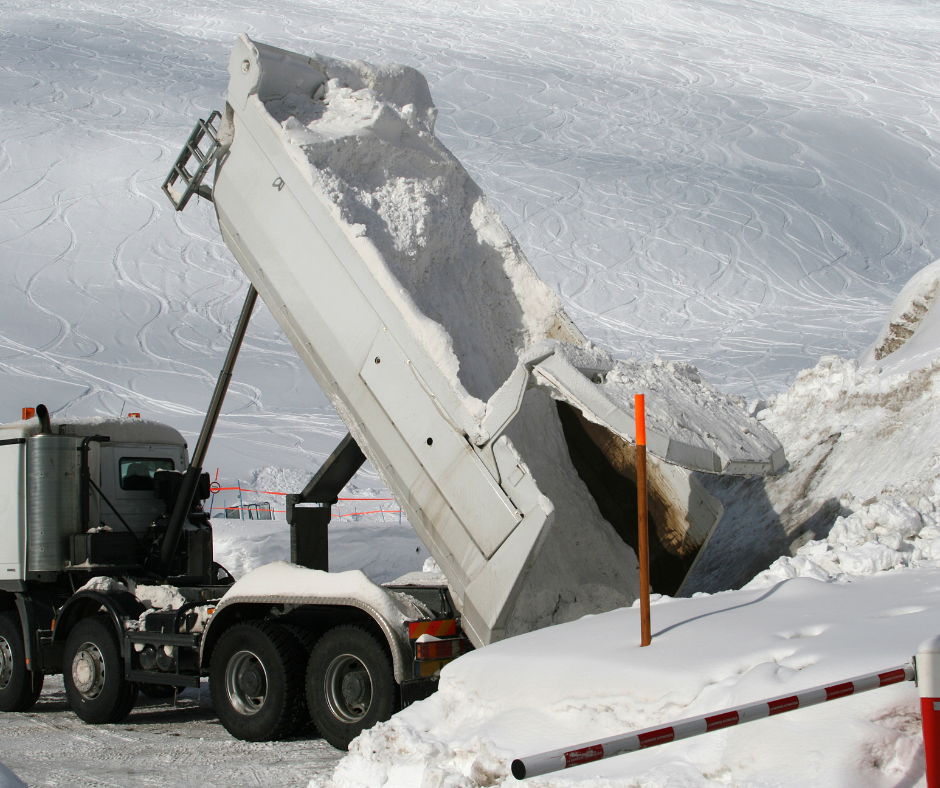Daylight Savings Time Can Be Hard on Truck Drivers

As the sun sets later and the days grow longer, spring brings with it the contentious practice of daylight savings time. This year, daylight savings time starts on March 10th at 2 AM local time. While opinions on this biannual time shift may vary, one thing remains undeniable: its impact on various aspects of our lives, including the crucial role of truck drivers in our economy. Let’s take a look at the multifaceted effects of daylight savings time on truck drivers.
Embracing the Extra Hour
For truck drivers, the additional hour of daylight afforded by daylight savings time can be a double-edged sword. On one hand, it presents opportunities for increased productivity and efficiency. With more daylight hours available, drivers can extend their driving schedules, potentially covering more ground and reducing delivery times. Moreover, the extended daylight encourages safer driving conditions, as visibility is improved, reducing the risk of accidents. However, truck drivers must be aware of how the time change can affect their breaks. Most electronic logging devices will automatically account for the time change. But if you are using paper logs, it’s helpful to mark the March 10th log with “daylight savings time”.
Disrupting Sleep Patterns
However, the transition to daylight savings time is not without its challenges. One of the most significant issues is the disruption to the body's internal clock. Just as with any other profession, truck drivers rely heavily on consistent sleep patterns to maintain alertness and focus while on the road. The abrupt shift in time can lead to disruptions in sleep patterns, resulting in fatigue and decreased cognitive function. Truck drivers should adjust their bedtime a few days before the time change to help ensure a good night’s sleep. Also, avoiding stimulants like caffeine close to bedtime can help mitigate the effects of disrupted sleep patterns.
Increasing Fuel Use
Since daylight savings time adds an hour to the workday, it means that truck drivers can start their day in the dark. Truck drivers will use their headlights more frequently, which depletes the battery and increases fuel usage. Thus, drivers should check their headlights in the mornings.
Daylight savings time undoubtedly presents both opportunities and challenges for truck drivers. While the additional hour of daylight can enhance productivity and safety on the road, it also necessitates careful consideration of its impact on sleep patterns and alertness. Understanding how daylight savings time affects truck drivers will help them to be efficient and safe on the road.


How DVC's Trailers Are Perfect for Transporting Mulch, Stone, Sand and Soil for Landscaping Projects














